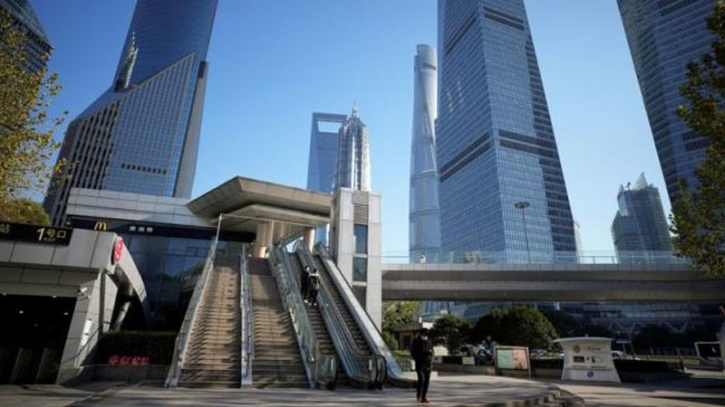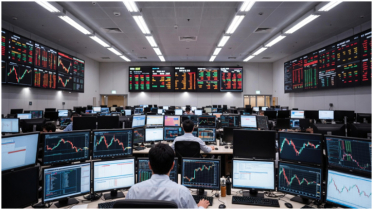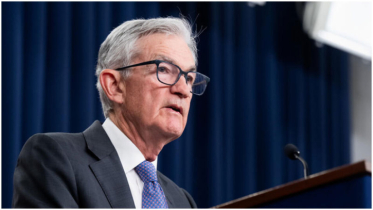World Bank slashes China's growth outlook

The World Bank has slashed its growth outlook for China, the largest economy of Asia, as nearly three years of “zero-COVID” curbs and a real estate slump weigh on the country.
In its latest forecast on Tuesday, the Washington, DC-based global lender cut China’s expected growth for 2022 to 2.7%, down from its previous forecast of 4.3% in June.
China’s projected growth for 2023 was slashed from 8.1% to 4.3%.
“Economic activity in China continues to track the ups and downs of the pandemic – outbreaks and growth slowdowns have been followed by uneven recoveries,” the World Bank said in a statement.
“Real GDP growth is projected to reach 2.7% this year, before recovering to 4.3% in 2023, amid a reopening of the economy.”
China has begun to unwind its tough “zero-COVID” policy after nearly three years of disruptive restrictions, but remaining curbs and a surge in infections continue to heap pain on struggling businesses.
Mara Warwick, World Bank country director for China, Mongolia and Korea, said China’s “continued adaptation” of its pandemic policies would be crucial to the country’s economic recovery and public health.
“Accelerated efforts on public health preparedness, including efforts to increase vaccinations, especially among high-risk groups, could enable a safer and less disruptive re-opening,” Warwick said.
The World Bank said that China’s economy faced significant non-pandemic-related risks, too, including the uncertain global outlook, climate change, and “persistent stress” in the real estate market amid a crackdown by Beijing on excessive lending.
“Continued macroeconomic policy support will be needed, as growth is expected to remain below potential and the global environment is weakening,” said Elitza Mileva, World Bank lead economist for China.
“Directing fiscal resources towards social spending and green investment would not only support short-term demand but also contribute to more inclusive and sustainable growth in the medium term.”
.png)




